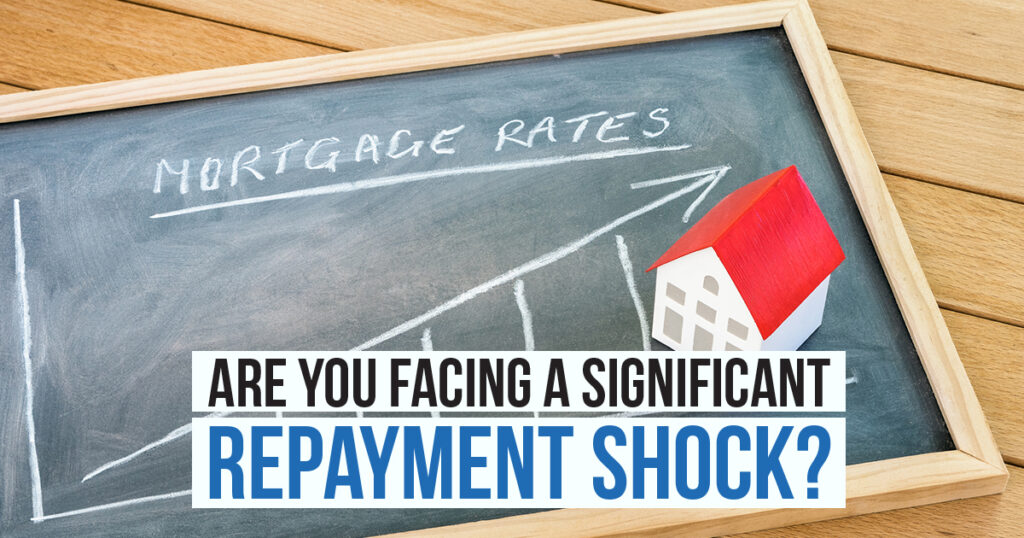During the pandemic, interest rates took a significant dive, leading many first-time homebuyers to realize that mortgage repayments were now more affordable than paying rent—a situation not seen in decades. As a result, both new and existing mortgage holders rushed to secure low-interest rates, resulting in nearly halved monthly payments.
The Impact of Covid
Amidst the pandemic, the Reserve Bank injected approximately $2 billion into financial institutions at a 0% interest rate. These funds were then lent to customers, resulting in the issuance of highly competitive loan products by major banks. Second-tier financial institutions followed suit, offering historically low fixed-interest loans as low as 1.79% for durations ranging from two to four years. Anticipating a future increase in interest rates once the world emerged from COVID-19 restrictions, approximately 50% of borrowers opted to fix their loans, taking advantage of these unprecedented rates.
This phenomenon led to the upcoming “Mortgage Cliff,” a phase in which thousands of fixed-interest loans will reach the end of their fixed period and revert to the current market’s standard variable rate. For some borrowers, this means their home loan interest rates could rise from around 2% to between 5% and 6%, potentially tripling their monthly repayments. To put this issue into perspective, over $100 billion worth of loans will transition from their fixed interest period in 2023 from just one major bank.
Understanding the Impact
Consider an average mortgage in Australia, valued at approximately $590,000. At a 2% interest rate, the interest-only repayment amounts to $983 per month. However, if the interest rate increases to 6%, the monthly home loan repayments in interest alone would skyrocket to $2,950.
Property owners with these record-low fixed-interest rate loans must begin preparing for this significant increase now.
Key Considerations
When your fixed-rate term expires, lenders can start charging you more through various means, which you might not even realize. Here are a few ways in which the cost of your loan can increase:
- Rolling your loan to a standard variable rate, which is likely to be costlier and potentially less competitive.
- Refixing your loan for another fixed interest period may not come with the same special deals offered to new borrowers. The chances of obtaining a substantial discount are relatively slim if your loan reverts to the lender’s standard variable rate.
- You might not receive the same benefits available through refinancing or switching to a new lender.
Avoid Making Assumptions about Refinancing
Given the fluctuating interest rates and potential decline in property values, borrowers may find it challenging to refinance if their borrowing capacity has significantly decreased and their Loan-to-Value Ratio (LVR) exceeds 80%. Determining these crucial facts is essential before providing advice on available options. Brokers are well-positioned to analyze these aspects and assess the most likely options available to you.
What Not to Do
Refrain from applying to multiple lenders on your own, as it can negatively impact your credit score and potentially affect the eventual decision of lenders when considering your new loan. We possess valuable insights and understand the criteria used by lenders’ credit teams to evaluate loan applications.
Harness the Power of a Phone Call
If you anticipate a substantial interest rate hike as a property owner, we strongly encourage you to reach out to us via phone before switching lenders. Numerous incentives currently exist for switching, and we aim to help you understand the advantages and disadvantages of staying with your current lender or switching.
However, receiving a cashback offer to attract your business may not always be the best outcome for you. Nevertheless, if it is indeed beneficial, we will gladly assist you in making the switch. Sometimes, we can negotiate with your existing lender on your behalf, resulting in a similar or even better outcome.
For instance, if you have a $1 million owner-occupier loan transitioning to a 5.56% interest rate, we might be able to negotiate a 0.5% lower rate with your existing or new lender. This could save you $14,921 over three years. Even a 0.25% rate decrease would still yield savings of $2,500 in the first year and $7,466 over three years.
How We Can Help You
- Understand your current loan product and its interest rate.
- Research the best deal from your existing lender as well as offerings from other lenders.
- Assess the value of your property and your Loan-to-Value Ratio (LVR) to identify opportunities and facilitate negotiations.
- Determine if it’s worthwhile to consider and go through the switching process, based on your individual circumstances.
- Present you with options to help you make the best decision for your specific situation.
It’s always wise to speak with an expert directly before making any moves, as we can potentially save you a considerable amount of time, stress, and hassle. Contact our team of experts now for guidance and support!

